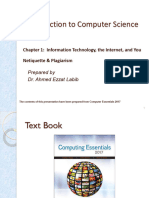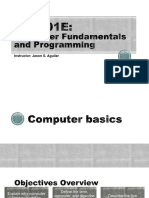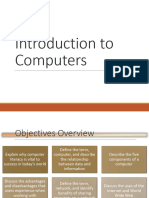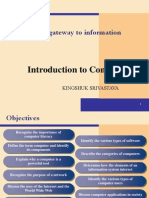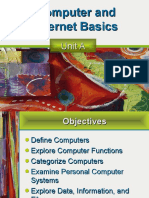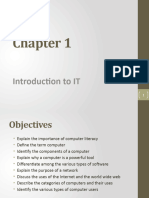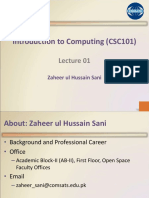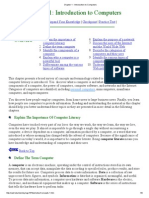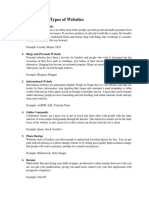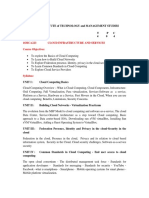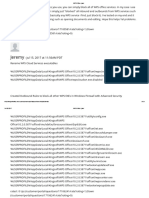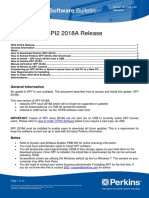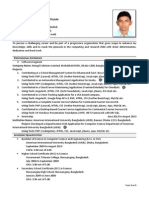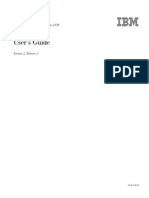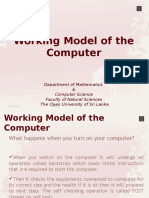0% found this document useful (0 votes)
24 views39 pagesLecture - 1 Introduction
The document outlines a course on Fundamentals of Computer Sciences at Cairo University, detailing its objectives, assessments, and key topics such as computer hardware, software, networks, and information systems. It emphasizes the importance of understanding computers and information technology in today's digital society. Additionally, it provides an overview of various IT careers and the roles associated with them.
Uploaded by
mohamedsalahrohaim09Copyright
© © All Rights Reserved
We take content rights seriously. If you suspect this is your content, claim it here.
Available Formats
Download as PDF, TXT or read online on Scribd
0% found this document useful (0 votes)
24 views39 pagesLecture - 1 Introduction
The document outlines a course on Fundamentals of Computer Sciences at Cairo University, detailing its objectives, assessments, and key topics such as computer hardware, software, networks, and information systems. It emphasizes the importance of understanding computers and information technology in today's digital society. Additionally, it provides an overview of various IT careers and the roles associated with them.
Uploaded by
mohamedsalahrohaim09Copyright
© © All Rights Reserved
We take content rights seriously. If you suspect this is your content, claim it here.
Available Formats
Download as PDF, TXT or read online on Scribd
/ 39

